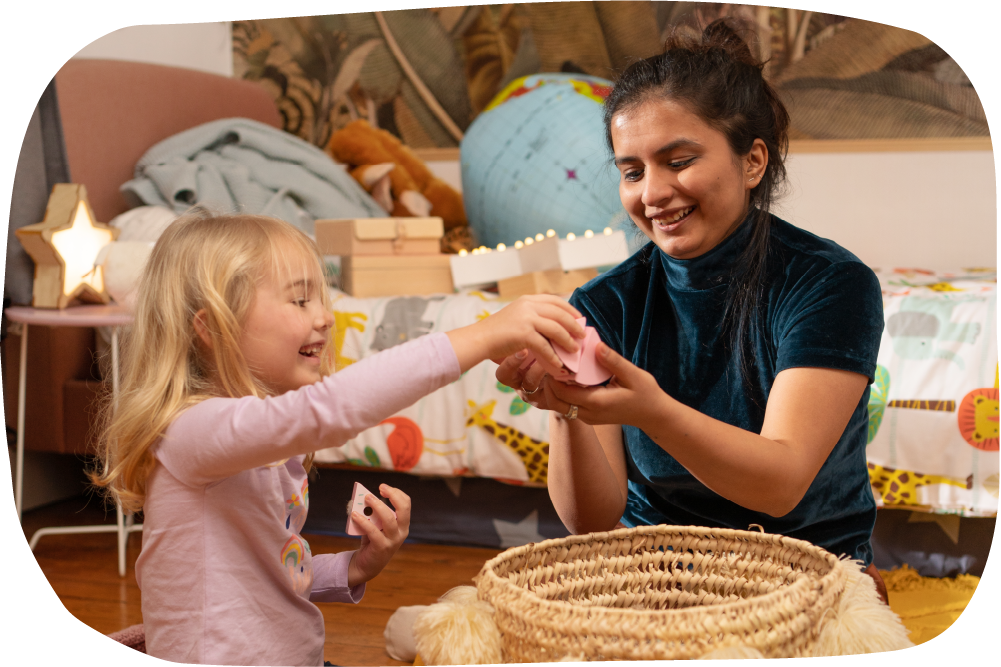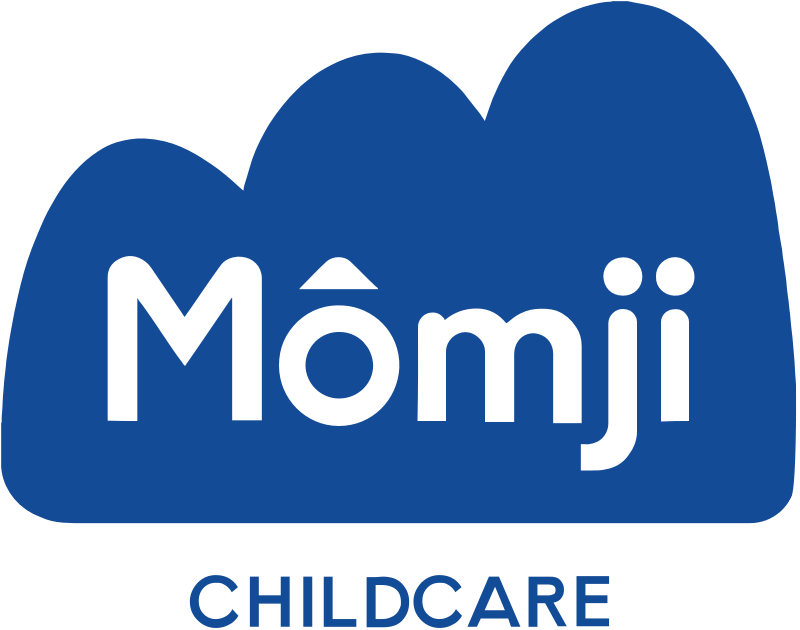Helping children to develop their motor skills is essential when looking after them. We have selected five activities that will help them develop their fingers, their eye-hand coordination, their sense of logic...

Building towers - from 12 months
For this activity, you can of course use wooden blocks or cubes. The aim is for the child to build a tower as high as possible, forcing him/her to refine the precision of his/her gestures and vision. Indeed, for the tower to stand, the child must understand that he/she must stack them from the largest to the smallest and that he/she must place them correctly so that they do not collapse, working on his/her coordination.
At around 18 months, you can also start to introduce building blocks (suitable for this age group) and develop them according to the child's age.
As the child grows, the bricks will become smaller and the more dexterous the child will have to be to put them together. This is a great exercise to build up the fingers and learn precise movements.
Puzzles - from 12 months
Puzzles are an essential early-learning game and have the particularity of being adaptable to the age of the children.
From the age of 1 year, toddlers can do embeddable puzzles, which allows them to work on their hand-eye coordination. They also learn to recognise shapes and colours.
From the age of 2, there are puzzles with 2 or 4 pieces. Here again, the child works on his coordination but also his logical sense.
From the age of 3, you can introduce "real" puzzles, the number of pieces of which will increase according to the child's age and abilities.
Play dought - from 18 months
It is the ideal game for children to work all their fingers and both hands. From 18 months onwards, they are already able to crush it, knead it, tear it, smell it and also swallow it! It is therefore necessary to take care that they do not eat it.
As they grow, they will sculpt recognisable things and learn about shapes and sizes with play dough. They will be able to cut it out with a small round-tipped knife, they can create doodles (thus strengthening their fingers, which will be very useful for learning to write later on), use coin trays... You can also create shapes and ask them to copy them in turn (a ball, a cross...)
Transferring - from 18 months
Transferring is a key activity for toddlers, who are very fond of it. There are many fine motor skills benefits: coordination, precision, use of a tool. It also teaches them independence, concentration and logical thinking.
The material is simple: two containers, a spoon (larger or smaller depending on the age) and things to transfer such as dried beans, lentils, semolina, etc. At the beginning, the children can even start transferring with their hands if it is easier.
Children love this activity and can spend a long time doing it.
Stringing beads - 3 years old
Still for hand-eye coordination, bead stringing can be introduced at around 3 years old. Naturally, you must be very careful not to let the child put the beads in his mouth (or nose...). This activity helps to refine the grip between the thumb and forefinger and to strengthen the fingers, which will be very useful for writing later on.
To begin with, it is preferable to use laces with reinforced ends so that children can easily thread the beads. To gently introduce children to maths and logic, you can ask them to make colour sequences: two yellows, two reds, and so on.




